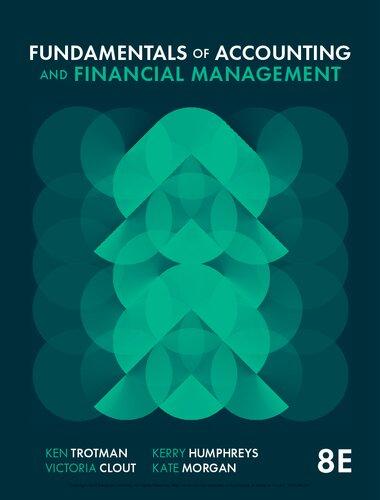Here is a typical description of Impairment, extracted from Note 1 of the 2021 financial statements of
Question:
Here is a typical description of ‘Impairment’, extracted from Note 1 of the 2021 financial statements of Harvey Norman Holdings Limited:
Impairment of non-financial assets The consolidated entity assesses, at each reporting date, whether there is an indication that an asset may be impaired. If any indication exists, or when annual impairment testing for an asset is required, the consolidated entity estimates the asset’s recoverable amount. The recoverable amount of an asset or cash generating unit (CGU) is the higher of that asset or CGU’s fair value less costs to sell and its value in use. Recoverable amount is determined for an individual asset, unless the asset does not generate cash inflows that are largely independent of those from other assets or groups of assets, in which case, the recoverable amount is determined for the CGU to which the asset belongs. When the carrying amount of an asset or CGU exceeds its recoverable amount, the asset is considered impaired and is written down to its recoverable amount.
An assessment is made at each reporting date to determine whether there is any indication that previously recognised impairment losses may no longer exist or may have decreased. If such indication exists, the consolidated entity estimates the asset’s or CGU’s recoverable amount. A previously recognised impairment loss is reversed only if there has been a change in the assumptions used to determine the asset’s recoverable amount since the last impairment loss was recognised. The reversal is limited so that the carrying amount of the asset does not exceed its recoverable amount, nor exceed the carrying amount that would have been determined, net of depreciation, had no impairment loss been recognised for the asset in prior years. Such reversal is recognised in the income statement.
From what you have read, try to define each of the following terms from the extract:
(i) carrying amount (ii) recoverable amount (iii) fair value less costs to sell (iv) value in use.
Step by Step Answer:

Fundamentals Of Accounting And Financial Management
ISBN: 9780170454797
8th Edition
Authors: Professor Ken Trotman, Kerry Humphreys





